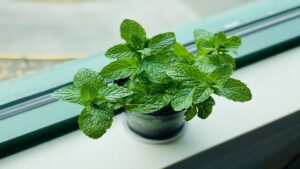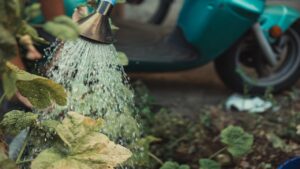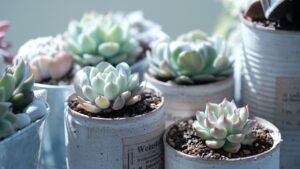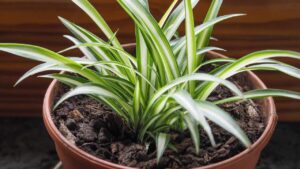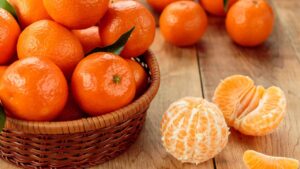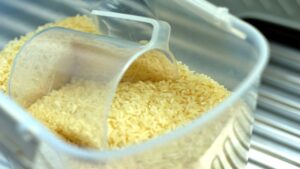They Can Help Your Plants Grow Healthy and Lush: From Today, Don’t Throw Them Away Anymore
Recycling various ingredients not only aids the environment but also unveils unexpected resources, true treasures that find applications in diverse areas. Vegetable peels, seeds, and fruit or vegetable pulp, for example, can be used as nutrients for plants or to create many anti-waste recipes.
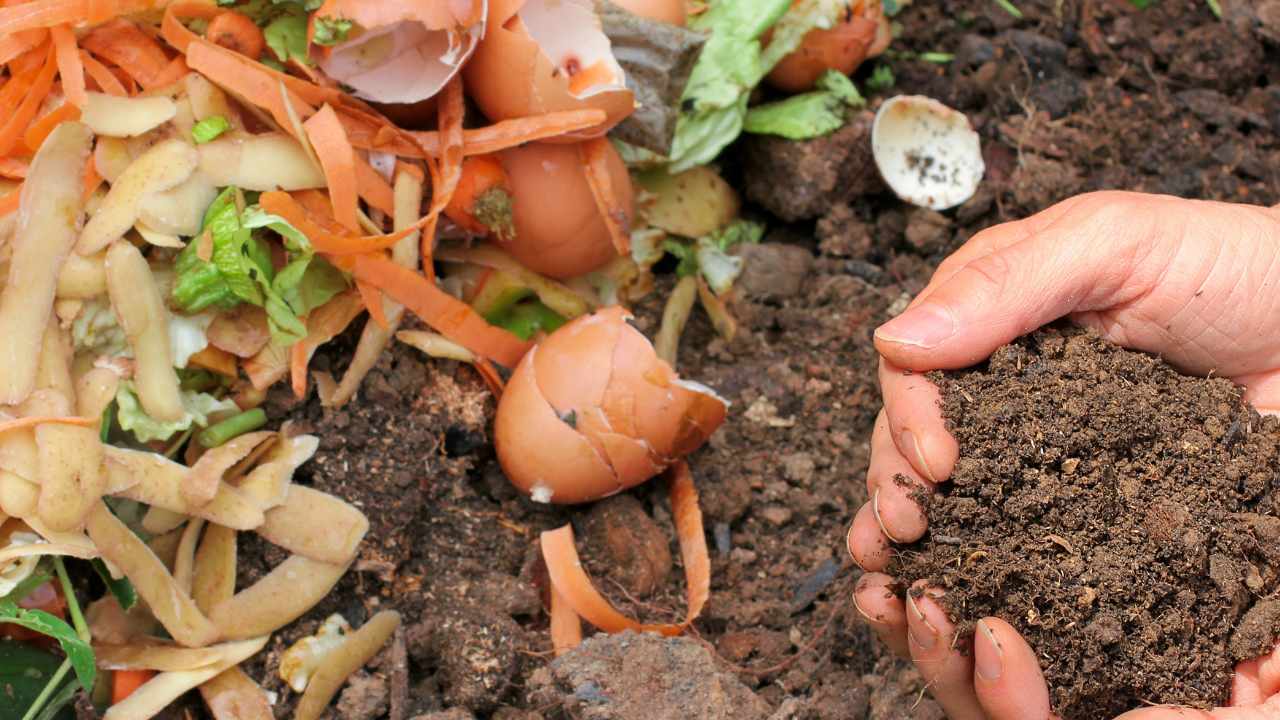
How to use fruit and vegetable waste for plants
The compost derived from these kitchen wastes becomes an excellent substance for the garden because it contains a high concentration of nutrients and organic matter. This compound serves as an ideal foundation for starting a new crop or acts as a natural fertilizer for existing plants.
There are various methods for utilizing kitchen waste to create compost or plant fertilizer, ranging from expert techniques to simple approaches suitable for everyone. Here’s a simple method: collect fruit and vegetable scraps, place them in a container, add sugar and water, and mix thoroughly. Cover the mixture, let it sit for a few days, and then filter it. Dilute 10 ml in a liter of water, transfer it to a spray container and apply it to your plants.
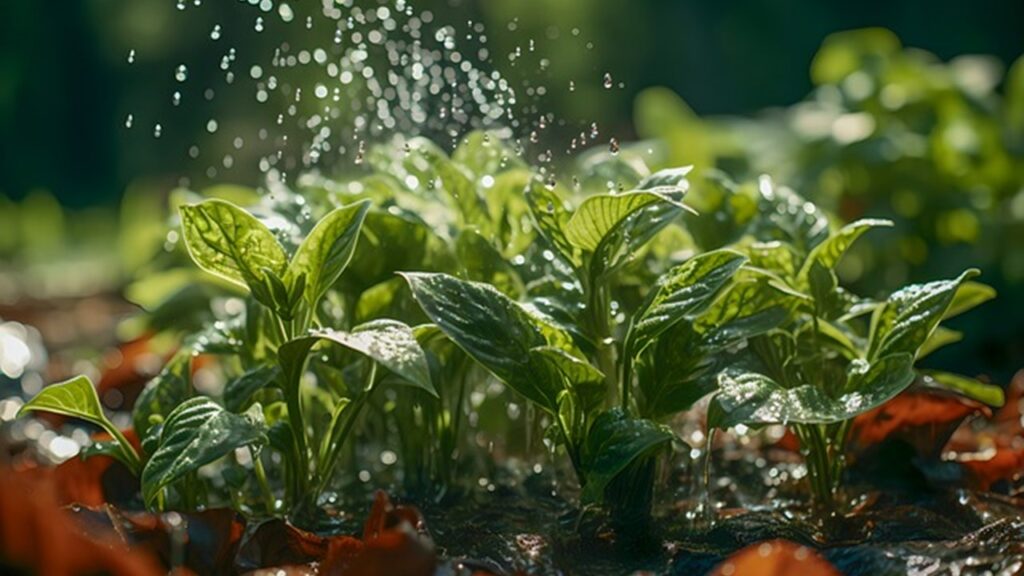
Alternatively, finely chop vegetable peels and place them in a blender with a bit of water. Blend until you obtain a liquid consistency, then pour it around your plants as fertilizer. The remaining solid part can be spread on the soil, serving as a slow-release nutrient.
The first method will allow you to obtain a natural fertilizer. However, if you want to produce compost for soil enrichment, utilize a composter. Place fruit and vegetable waste inside, mix them with other organic materials like dry leaves, cut grass, and twigs, and patiently wait for decomposition to occur.
Utilizing vegetable and fruit peels to create a homemade fertilizer or compost is a simple and cost-effective method to reduce food waste while offering valuable nutrients to your plants.
